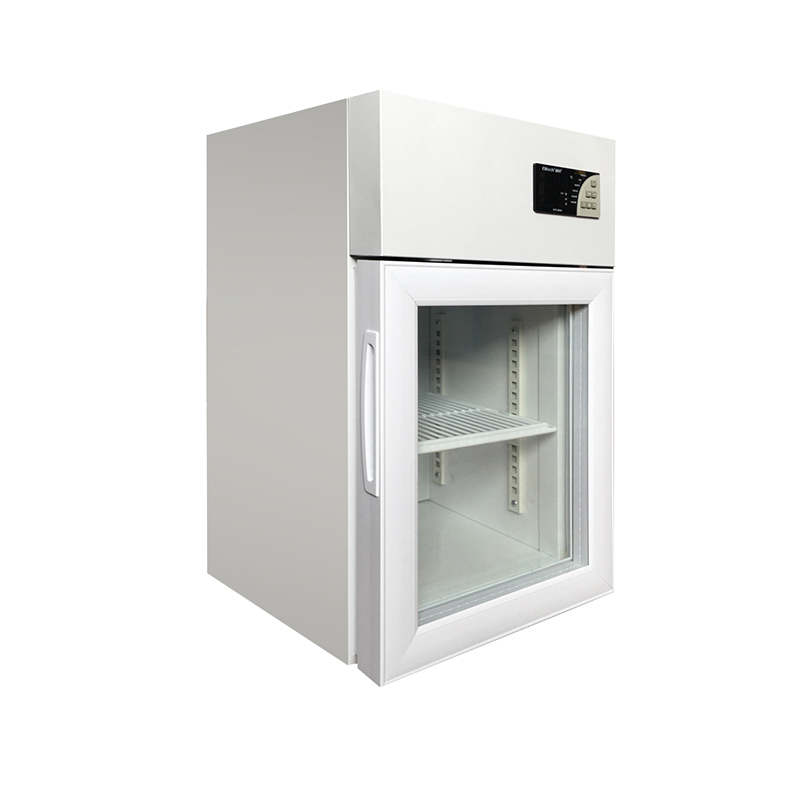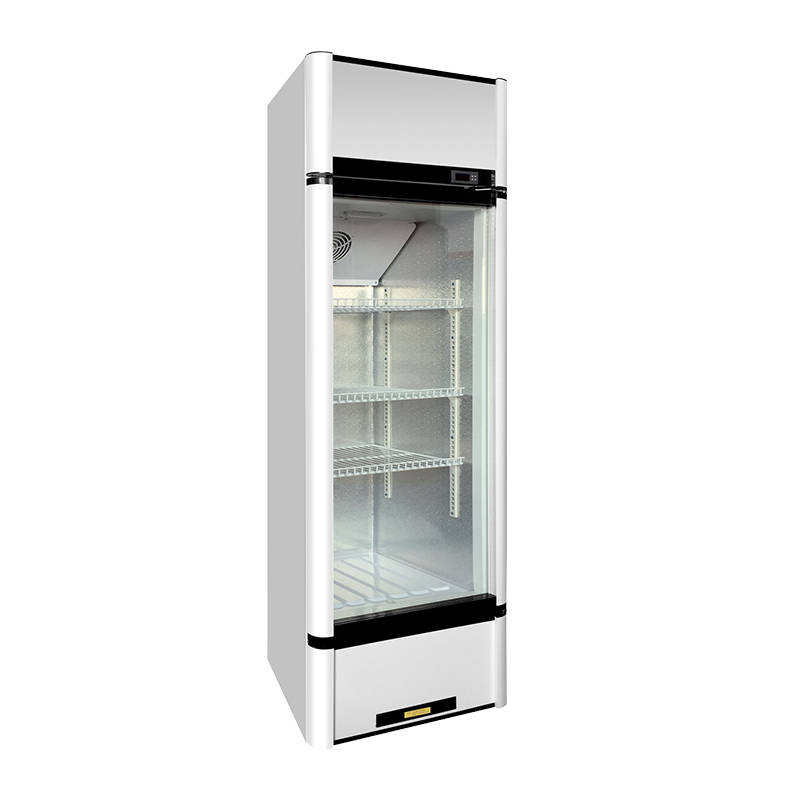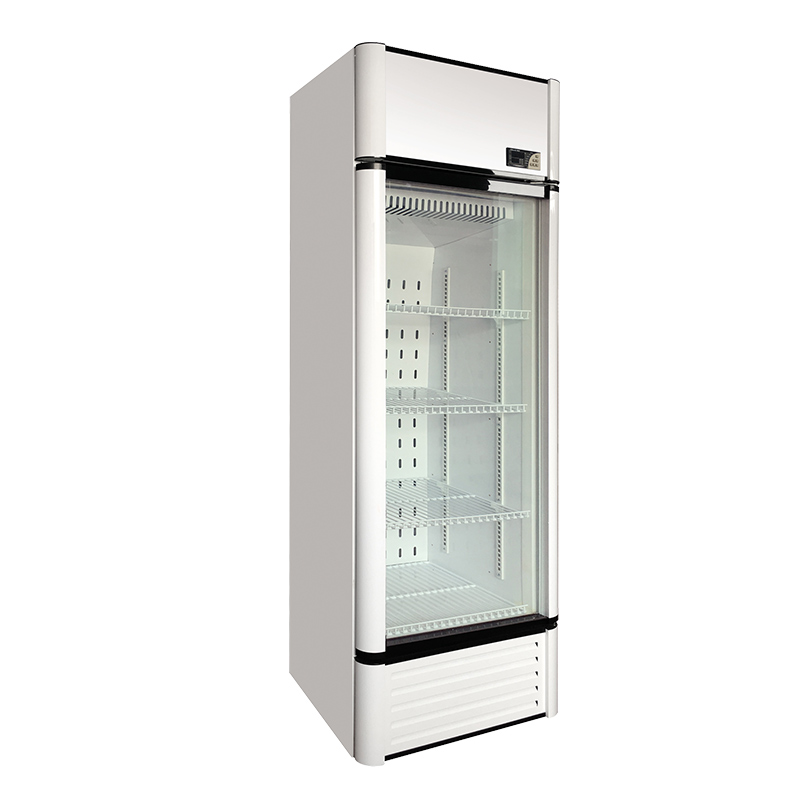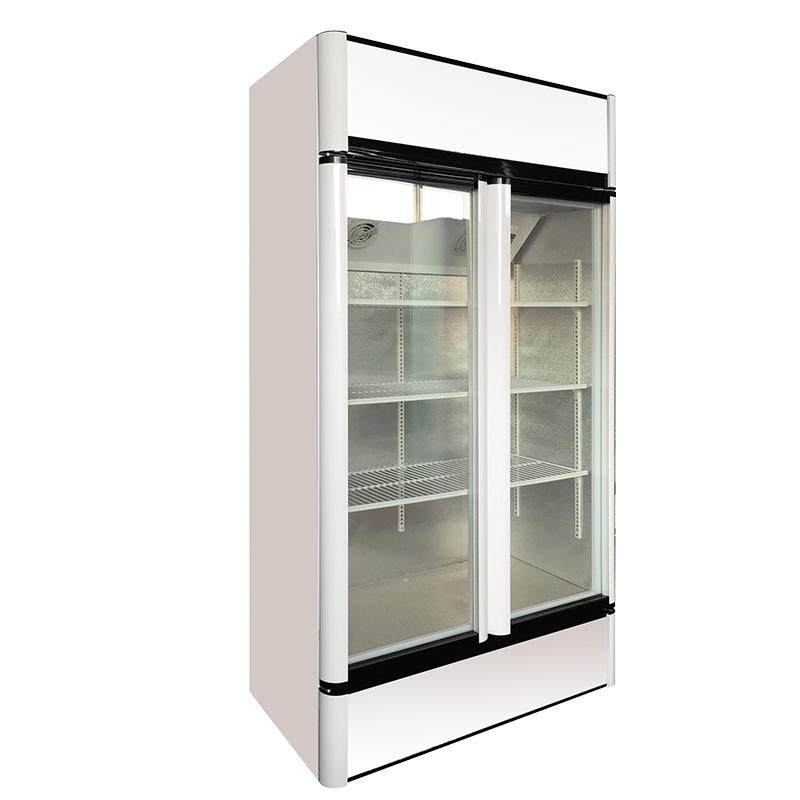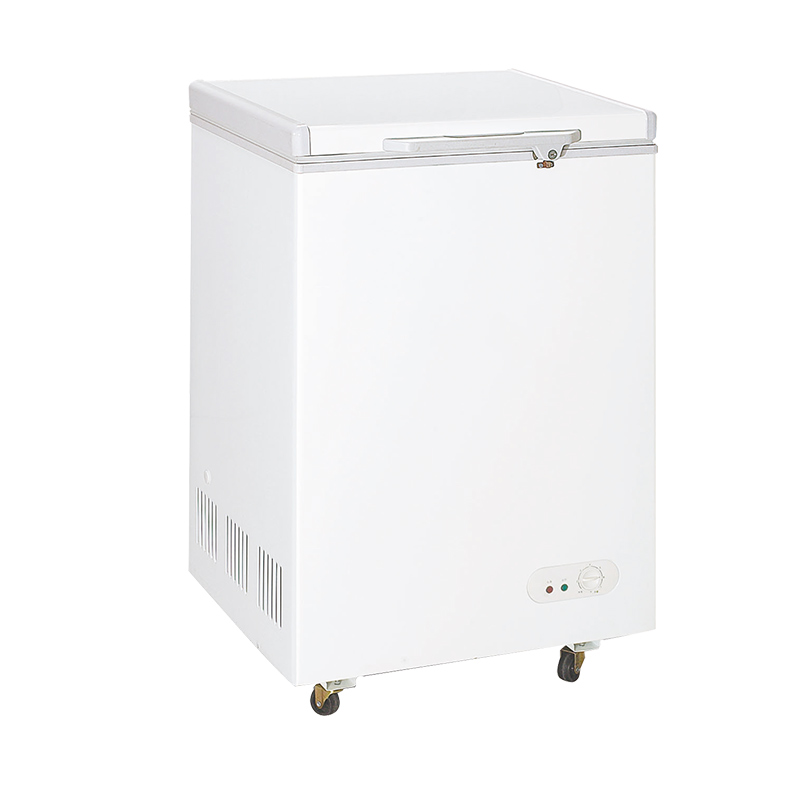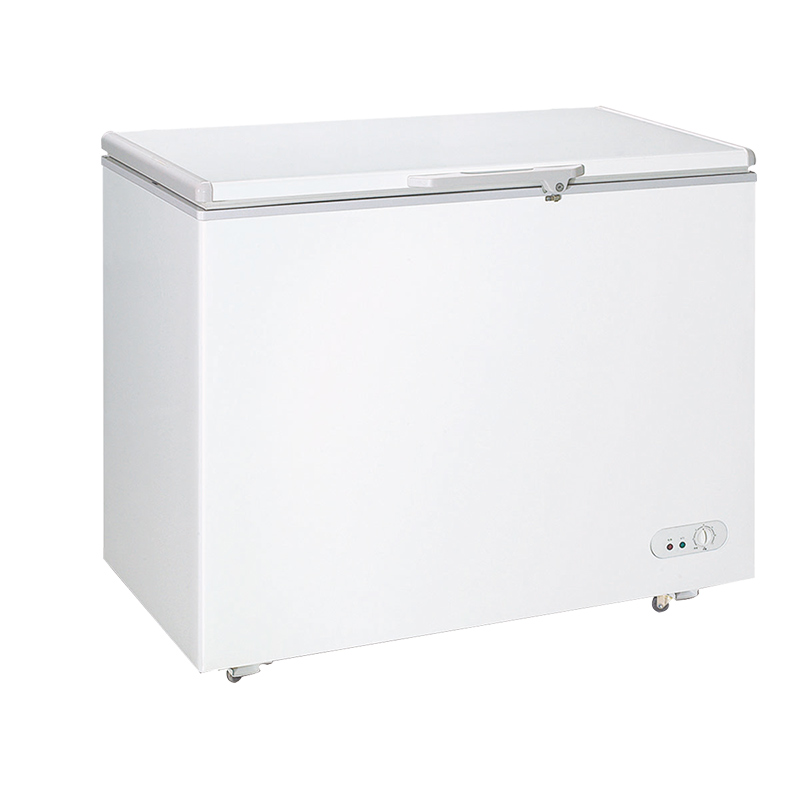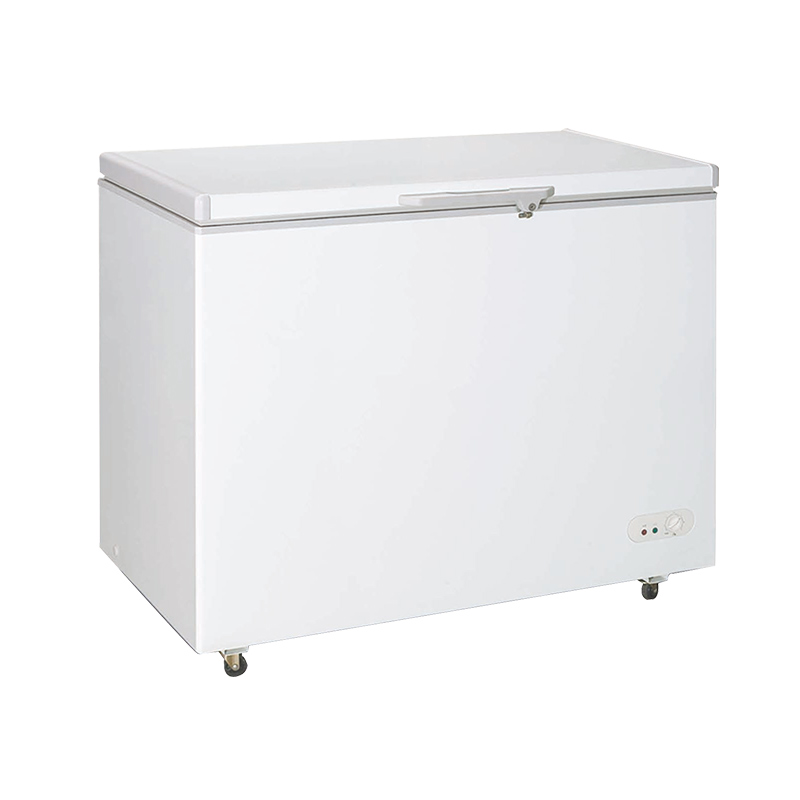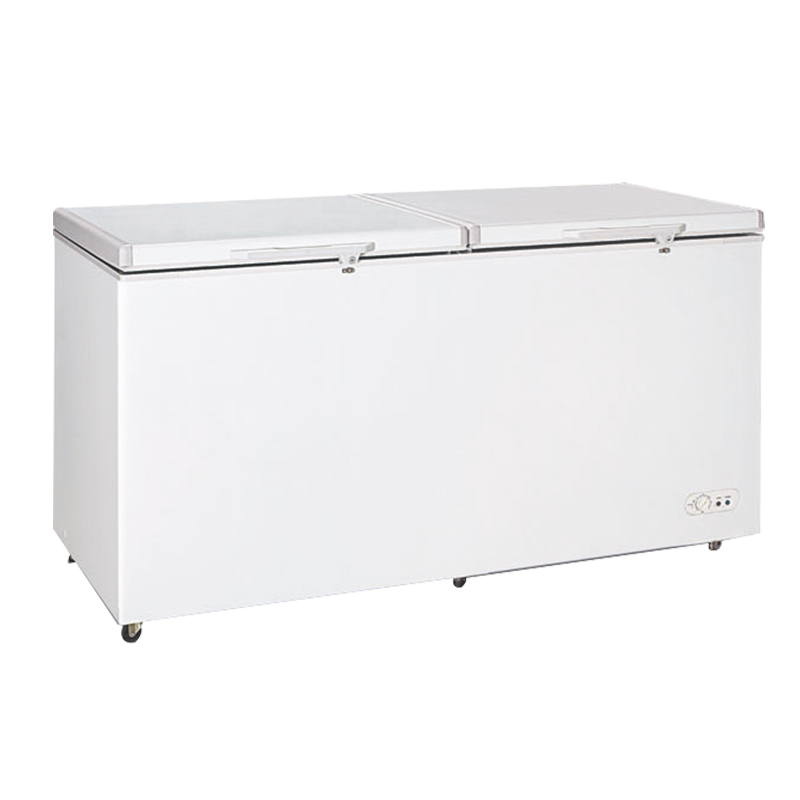Commercial horizontal freezers are designed with features that optimize airflow and maintain consistent temperatures throughout the storage space. Achieving uniform temperatures is crucial for preserving the quality of frozen goods and ensuring efficient operation. Here are ways in which horizontal freezers are designed to achieve this optimization:
Forced Air Cooling:
Many commercial horizontal freezers utilize a forced air cooling system. This involves the use of fans to circulate cold air evenly throughout the interior. This helps prevent temperature variations and ensures a consistent environment for all stored products.
Well-Insulated Construction:
Horizontal freezers are constructed with well-insulated walls and lids. Proper insulation minimizes heat transfer, reducing the impact of external temperature fluctuations on the contents of the freezer. Common insulation materials include polyurethane foam.
Efficient Compressor Systems:
The compressor is a crucial component in maintaining consistent temperatures. Horizontal freezers often feature high-quality compressor systems that efficiently regulate the cooling process, ensuring the desired temperature is reached and maintained.
Uniform Air Distribution:
The interior layout of horizontal freezers is designed to facilitate uniform air distribution. This involves strategically placing vents and air ducts to ensure that cold air reaches all areas of the storage space, preventing hot spots or uneven cooling.
Anti-Frost Features:
Some horizontal freezers incorporate anti-frost features to prevent the buildup of frost on the interior surfaces, including the evaporator coils. Frost can interfere with proper airflow and compromise temperature consistency.
Temperature Control Systems:
Advanced temperature control systems are employed to monitor and regulate the internal temperature of the freezer. This may include digital thermostats or microprocessor-controlled systems that respond to changes in temperature.
Auto-Defrost Functionality:
Some horizontal freezers come with auto-defrost functionality, which helps maintain consistent temperatures by periodically melting any frost that may have accumulated. This prevents the formation of ice barriers that could obstruct airflow.
Airflow Design in Basket Models:
For horizontal freezers with baskets or dividers, the design of these features also considers airflow. Baskets may be spaced to allow air circulation, and dividers may be perforated to ensure even cooling throughout the storage space.
Efficient Lid Seals:
Properly sealed lids are essential for temperature consistency. Commercial horizontal freezers are equipped with high-quality lid seals that create an airtight closure, preventing cold air from escaping and warm air from entering.
Thermal Barrier Materials:
The materials used in the construction of the freezer, including the lid and exterior surfaces, may include thermal barrier materials. These materials help minimize heat transfer, supporting temperature stability.
Testing and Calibration:
Manufacturers subject horizontal freezers to rigorous testing and calibration processes to ensure that they meet specified temperature ranges. This includes testing under various conditions to verify uniformity in temperature distribution.
By combining these design features, commercial horizontal freezers can create an environment that optimizes airflow and maintains consistent temperatures throughout the storage space. This is crucial for preserving the quality and integrity of the frozen products stored within the freezer.


 English
English عربى
عربى